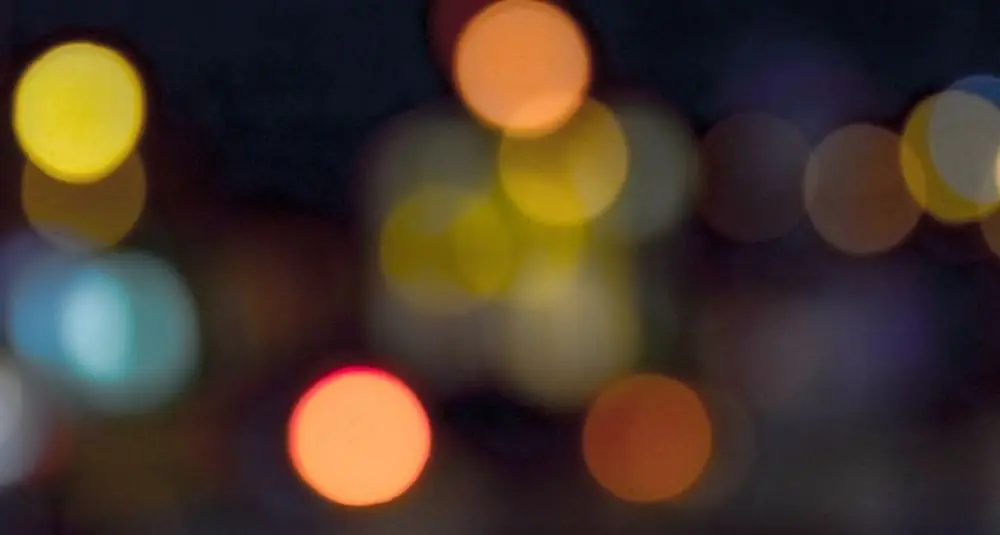What is bokeh in photography?
Last Updated:
In photography, the term bokeh refers to the aesthetic of background blur produced when certain parts of an image are intentionally blurred. This word of Japanese origin, meaning blur or haze, is used to describe the quality of the part of the image that is out of focus. This blur can appear soft and creamy, or more distinct, with highlights.
Bokeh is often used by photographers to draw attention to the main subject of the image, while minimizing potential distractions in the background. It’s particularly popular in portrait photography, where it helps to highlight the model by creating a strong contrast with the background. Bokeh can also add an artistic dimension to a photo, transforming background lights into circular or hexagonal shapes that are pleasing to the eye.
The quality of bokeh depends on a number of factors, including the lens used, the aperture (the wider the aperture, the more pronounced the bokeh effect) and the distance between the subject and the background. Lenses with large apertures, such as f/1.4 or f/2.8, are often preferred for creating soft, pleasing bokeh effects.
There are two main types of bokeh: creamy bokeh, which offers a smooth, uniform blur effect, and streaky bokeh, where the outlines of out-of-focus lights are more distinct. Each type of bokeh can be used to produce a specific visual effect, depending on the photographer’s artistic intent.
Bokeh is a powerful tool in photography, used to accentuate the visual impact of the subject by playing with the blurred areas of the image, making each photo unique and aesthetically pleasing.
You may also be interested in
arts

What is bokeh in photography?
Answer
Bokeh is the soft-focus effect created by the blurred areas of a photo, often used to highlight the main subject by softening the background.